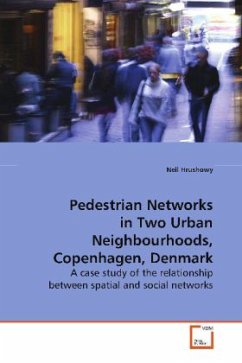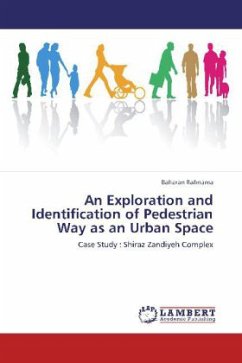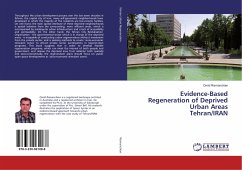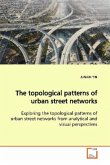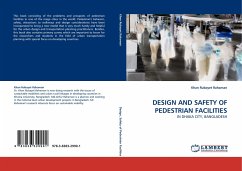Most pedestrian environment and behaviour research
has applied
concepts of connectivity and access uniformly at the
neighbourhood scale. Actual pedestrian networks rely
on a
limited number of routes to provide intra- and inter-
neighbourhood pedestrian connections, suggesting the
need to
focus research. Also, much of the literature has
proposed
improvements to the built environment that have
little relation to
the planning system s ability to implement them. This
research
aims to assess the applicability of a network
approach to
pedestrian planning. It includes two case studies of
comparable
neighbourhoods in Copenhagen, Denmark. One
neighbourhood
has a robust pedestrian space network rich with
choice, while the
other has a fragmented network that limits pedestrian
route
choice. This research also explored the role of
Copenhagen s political culture of planning in
building and
maintaining robust pedestrian space networks. The
theme of
state-market balance of power and its relevance to
pedestrian
policy implementation was explored through over 20
interviews
with planners, politicians and private developers, as
well as a
detailed study of planning documents.
has applied
concepts of connectivity and access uniformly at the
neighbourhood scale. Actual pedestrian networks rely
on a
limited number of routes to provide intra- and inter-
neighbourhood pedestrian connections, suggesting the
need to
focus research. Also, much of the literature has
proposed
improvements to the built environment that have
little relation to
the planning system s ability to implement them. This
research
aims to assess the applicability of a network
approach to
pedestrian planning. It includes two case studies of
comparable
neighbourhoods in Copenhagen, Denmark. One
neighbourhood
has a robust pedestrian space network rich with
choice, while the
other has a fragmented network that limits pedestrian
route
choice. This research also explored the role of
Copenhagen s political culture of planning in
building and
maintaining robust pedestrian space networks. The
theme of
state-market balance of power and its relevance to
pedestrian
policy implementation was explored through over 20
interviews
with planners, politicians and private developers, as
well as a
detailed study of planning documents.

